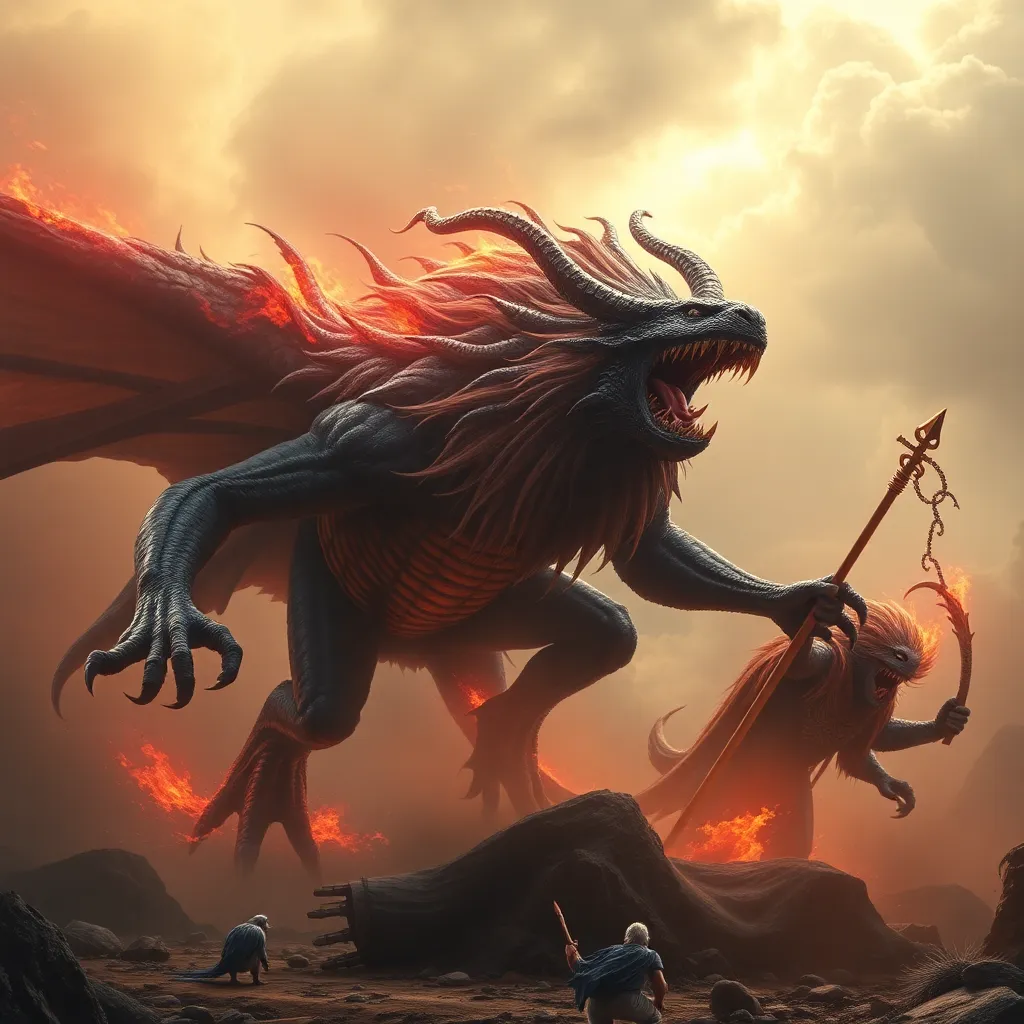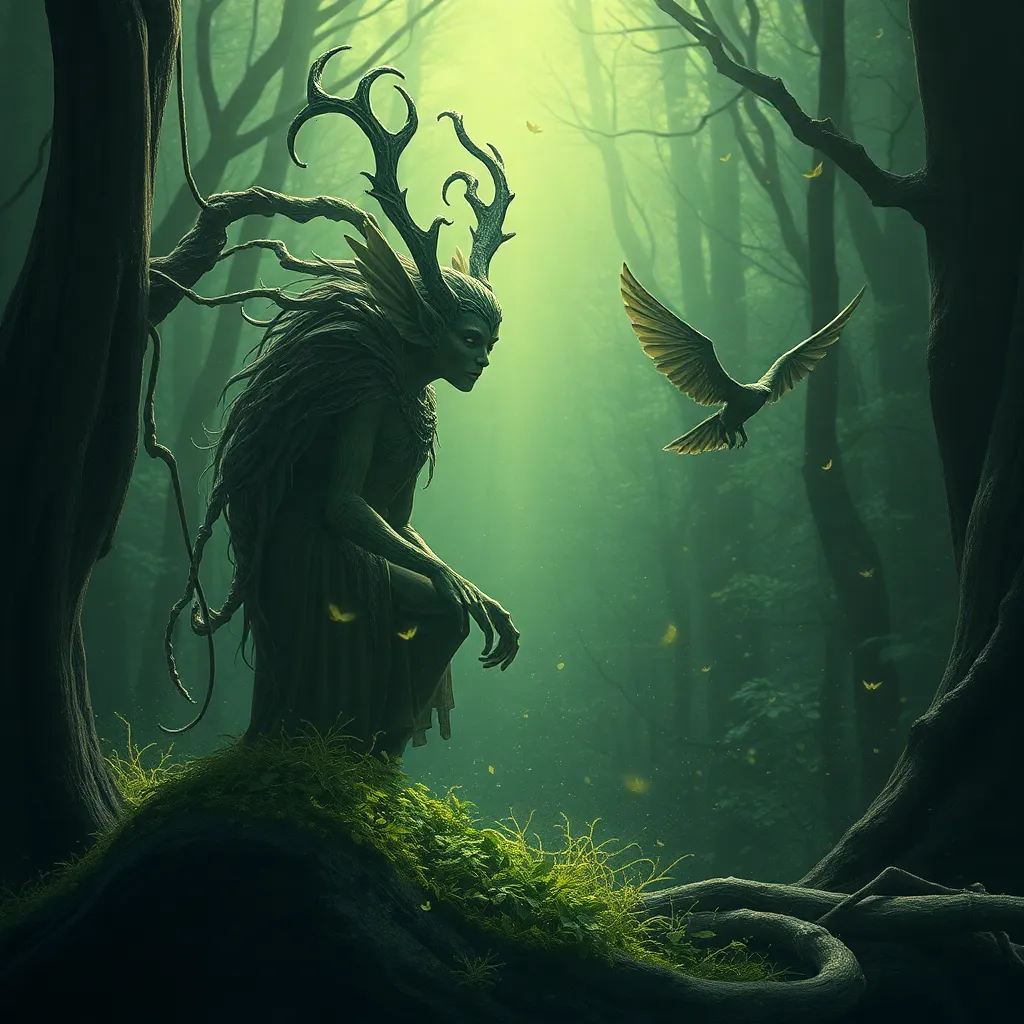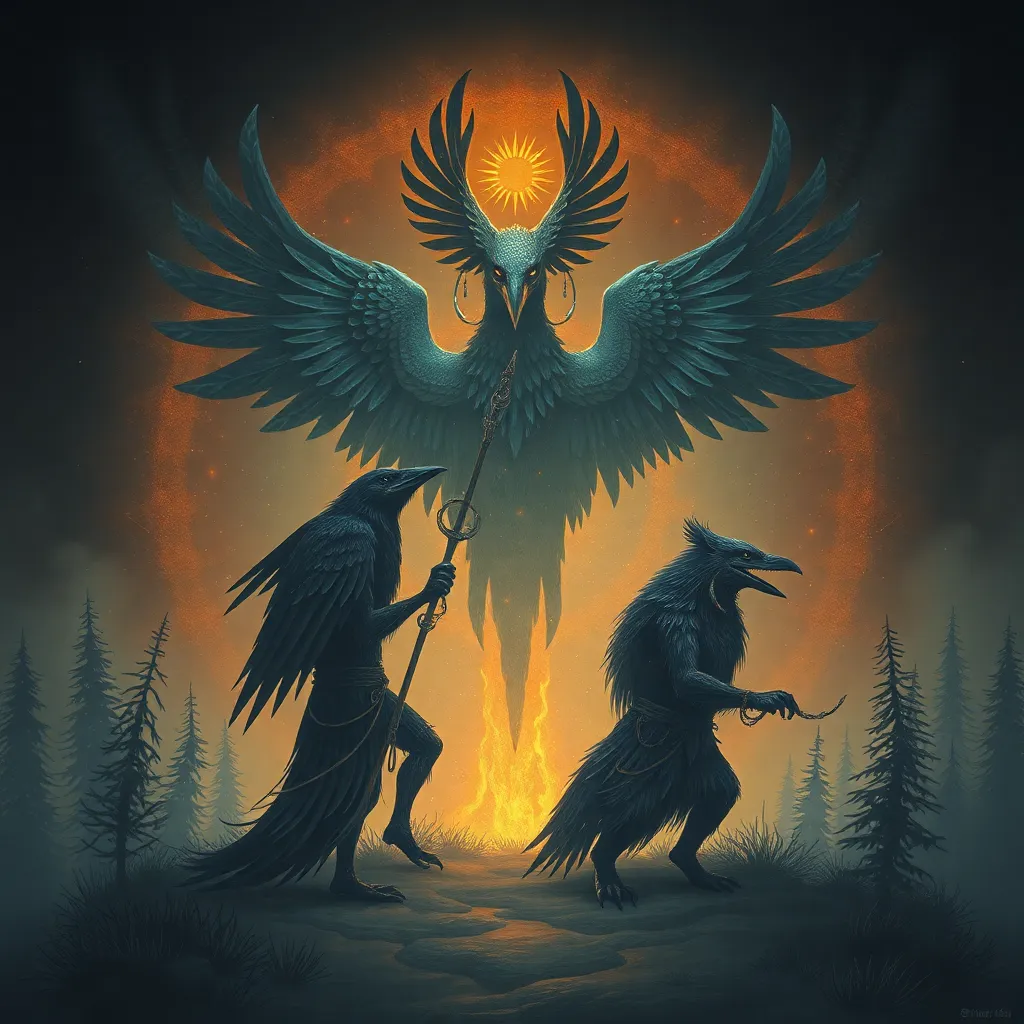The Tengu: A Global Exploration of Bird-Like Creatures in Mythology and Folklore
I. Introduction
The Tengu, a fascinating creature of Japanese folklore, is often depicted as a bird-like humanoid, embodying both the qualities of a protector and a trickster. These beings hold significant cultural importance in Japan, often associated with the mountains and the art of martial arts.
Beyond Japan, myriad cultures feature similar avian entities that reflect their unique mythologies. From Native American legends to European tales, bird-like creatures serve as powerful symbols, embodying various human traits and universal themes.
This article aims to delve into the similarities and differences of these global bird-like figures, highlighting their roles in mythology and their impact on contemporary culture.
II. The Tengu in Japanese Folklore
A. Origins and historical evolution of Tengu mythology
Tengu mythology dates back to ancient Japan, with roots in both Shinto and Buddhist traditions. Initially depicted as Buddhist protectors, their image evolved over time, influenced by Chinese mythology and local beliefs. By the Edo period, Tengu had transformed into complex characters, often seen as both benevolent and malevolent.
B. Physical characteristics and symbolism of Tengu
Tengu are typically portrayed with red faces, long noses, and bird-like features such as wings and claws. Their appearance symbolizes both the divine and the wild aspects of nature, bridging the gap between the human world and supernatural realms.
C. Role in Japanese culture: protector, trickster, and teacher
In Japanese culture, Tengu play multiple roles:
- Protector: They are guardians of the mountains and forests, often helping those who respect nature.
- Trickster: Tengu are known for their mischievous nature, often leading travelers astray.
- Teacher: They are also mentors to martial artists, imparting wisdom and skills.
III. Avian Figures in Native American Mythology
A. The role of birds in Native American creation myths
Birds hold a sacred place in many Native American cultures, often associated with creation myths. They are seen as messengers between the earth and the spiritual world.
B. Prominent bird-like creatures, such as the Thunderbird
The Thunderbird is one of the most notable avian figures in Native American mythology. It is considered a powerful spirit, representing strength and the forces of nature. Many tribes view the Thunderbird as a protector, capable of creating storms and lightning.
C. Symbolism and cultural significance of these figures
Bird-like creatures in Native American myths often symbolize:
- Power and strength
- Spiritual connection to the heavens
- Transformation and change
IV. Bird-Like Creatures in European Folklore
A. The Harpy and other winged beings in Greco-Roman mythology
In Greco-Roman mythology, Harpies are depicted as winged spirits known for stealing and carrying away souls. Unlike Tengu, Harpies often represent chaos and punishment rather than protection.
B. The significance of birds in Celtic mythology, including the Morrigan
The Morrigan, a prominent figure in Celtic mythology, is often associated with crows and ravens. She embodies war and fate, reflecting the dual nature of life and death. Birds in Celtic lore symbolize:
- Prophecy and insight
- War and strategy
- Connection to the afterlife
C. Cross-cultural comparisons within European traditions
While European bird-like creatures often carry darker connotations, there are similarities in their associations with nature and the supernatural, mirroring traits found in Tengu mythology.
V. The Role of Bird-Like Creatures in African Mythology
A. Overview of bird symbolism across various African cultures
In many African cultures, birds symbolize freedom, knowledge, and communication with the divine. They are often seen as intermediaries between the earthly and spiritual realms.
B. Examples of specific creatures, such as the Anansi and the bird of the sun
Anansi, the spider trickster figure, is often depicted alongside birds, emphasizing the interconnectedness of various creatures in African folklore. The bird of the sun, revered in many traditions, symbolizes life, rebirth, and enlightenment.
C. The intersection of nature, spirituality, and storytelling
Storytelling in African cultures often weaves together themes of nature and spirituality, with birds symbolizing the duality of existence—both the earthly and the celestial.
VI. Avian Legends in Asian Mythologies Beyond Japan
A. The Garuda in Hindu and Buddhist traditions
The Garuda is a significant figure in both Hindu and Buddhist traditions, depicted as a large bird or bird-man. It serves as a vehicle for the god Vishnu and symbolizes strength, speed, and martial prowess.
B. Chinese mythological birds such as the Fenghuang and their meanings
The Fenghuang, often referred to as the Chinese phoenix, represents virtue, grace, and the union of yin and yang. It stands as a symbol of prosperity and good fortune, contrasting with the more mischievous nature of Tengu.
C. Comparisons with Tengu: similarities and distinctive traits
While Tengu and Garuda share bird-like characteristics and martial associations, their cultural meanings diverge significantly. Tengu embody a blend of protector and trickster, whereas Garuda holds a more reverent status as a divine figure.
VII. Contemporary Representations of Tengu and Similar Creatures
A. The influence of Tengu in modern pop culture (anime, video games, etc.)
Today, Tengu have found new life in contemporary pop culture, frequently appearing in anime, video games, and literature. Their complex nature appeals to creators, allowing for varied interpretations from fearsome guardians to comedic characters.
B. Global interpretations of bird-like figures in contemporary storytelling
Similar to Tengu, bird-like creatures from various cultures have been reimagined in modern media, often blending traditional traits with contemporary themes, reflecting societal changes and interests.
C. The resurgence of interest in folklore and its relevance today
The renewed fascination with folklore in popular culture underscores a collective desire to explore cultural heritage, identity, and the universal themes that these myths convey.
VIII. Conclusion
In summary, the exploration of Tengu and their global counterparts reveals a rich tapestry of mythology that transcends cultural boundaries. From the protective nature of the Tengu to the chaotic spirit of the Harpy, these bird-like creatures embody universal themes of transformation, nature, and the interplay between the earthly and the divine.
Reflecting on these narratives, we see a shared human experience that resonates across time and geography. The enduring legacy of Tengu and similar creatures invites us to appreciate the cultural richness and the timeless stories that shape our understanding of the world.




